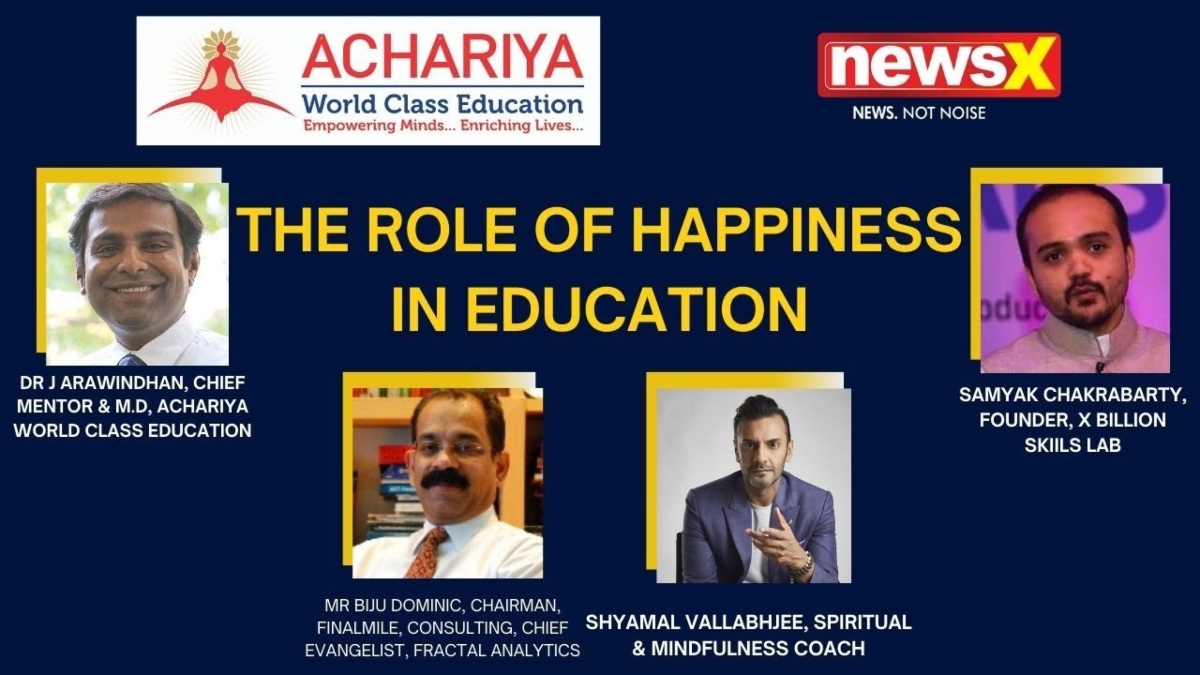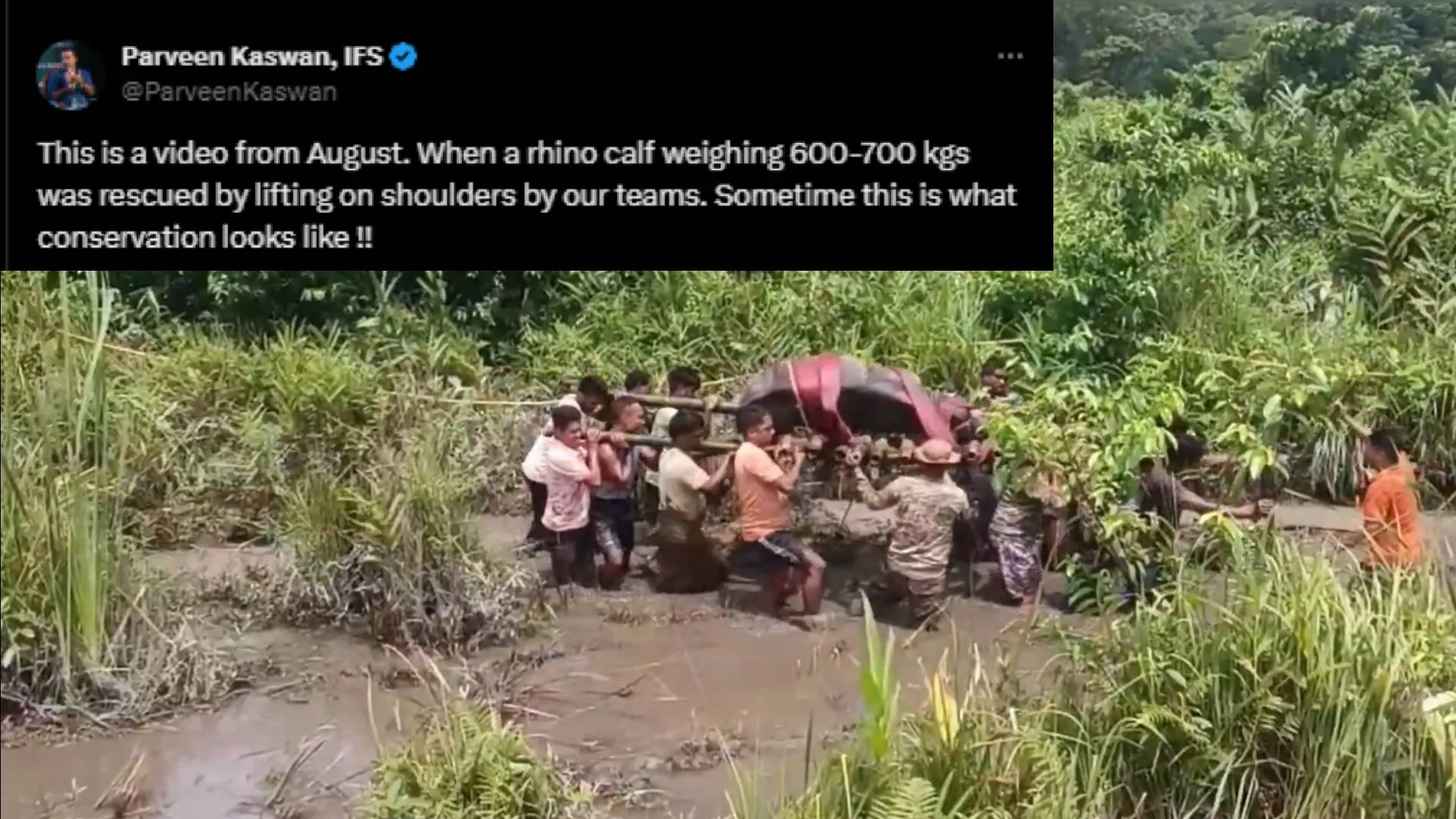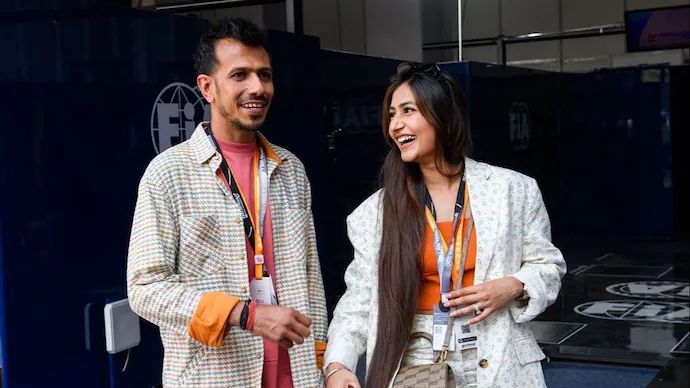The Indian education system has undergone tremendous changes in the course of history. While factors like its success and failure are open to deliberation, one fact that cannot be ignored is that it had put the students under a mountain of pressure. From the pressure to score well to pressure to outshine in extra-curricular activities, all of it took a toll on students physical and mental well being. As move forward, it is the moral responsibility of each individual to make the New Education Policy address all those concerns for a better future.
Achariya World Class Education recently organised a thought-provoking webinar on the ‘Role Of Happiness in Education’ to understand and suggest how we can transform ourselves and the Indian education system.
In his inaugural remarks, Mr Samyak Chakrabatory, Founder & M.D. of X Billion Skills Lab, who was also the co-host, said, “For companies, students are essentially creators of revenue, for tuition classes- students are a way to attract more students and for schools-students have become mere cohorts that we need to push forward and take them to top the exams. In all of that, somewhere we have forgotten what about the child, what about the students and also moving out of that the role of education is also producing citizens of the country and of the world.”
Elaborating on what does happiness mean especially in the context of happiness, Dr J Arawindhan, Chief Mentor & M.D, Achariya World Class Education, said, “Education is all about expression. When you are able to express yourself in your head and your heart happily, willingly and smilingly; you are able to do things from your head and heart holistically without any limitations, you can see your own possibilities making into peak possibilities of your own expression- That is where the happiness is there in education. Expression should be there; Education should be towards that expression and that expression from the head, heart and hand should be integrated. Expression without the heart, expression without the head and expression without the hand is incomplete expression. Without the combination of these three, you will not have the state of happiness.”
Teachers are delivery mechanism of education. When asked how do we convince the teachers to not create more pressure or anxiety on students, Dr Arawindhan further added, “In context of a classroom, the teacher is like a magician. The interaction between a teacher and the student, the master and the fellow, is what is needed instead of mugging up a book. If we ask for skills, intelligence and expression of individuals, the schooling and the classroom experience would be much more happier. We need an ecosystem for that to happen.”
Speaking about how can schools and colleges transform itself to be a happy environment from an infrastructural point of view and behaviourally from a teacher’s perspective, Mr Biju Dominic, Chairman at FinalMile Consulting, Chief Evangelist at Fractal Analytics, said, “Happiness, from an overall perspective, as far as any activity is concerned, is when I want to do that activity over and over again and that I am looking forward to doing that activity. We say that there will be happiness when students say that ‘oh, I want to learn’ or ‘I want to do that activity again and again. From a brain’s point of view, when I am sort of anticipating something that I really want to do, the chemical that gets released is the dopamine. If dopamine gets released, the brain wants more and more of it. When we create the whole environment of learning, wherein students, teachers, school, parents and the physical environment play a role, happiness really comes alive in the world of education.”
Spiritual and mindfulness coach Shyamal Vallabhjee, highlighting the role of spirituality as an essential ingredient in a schools’ curriculum, said, “if you take one sect of spirituality, for example Buddhism, we talk of awareness and equanimity. Awareness is your ability to draw your thoughts, feelings, and emotions and hold it and equanimity is your ability to distance from it. Through awareness, we cultivate a practice called mindfulness. Mindfulness is your ability to stir your mind. When you stir your mind physiologically, we also relax the body. If you look at the physiology, the hormone and the gut that drives happiness is serotonin. 90% of your serotonin is in your gut. If we can bring a spiritual practice like breath work, mindfulness, gratitude to the forefront of education then what you are doing is that you are ensuring each person is cultivating the art of centering their mind every single time. This doesn’t mean that they would not be unhappy or they will not have anxiety but it means that the frequency at which these incidents happen will reduce quite drastically. Also, it will empower them to reset their mind and body every single time they move out of it.”
He further added, “With respect to happiness, the biggest problem is that we tend to link happiness with success and that is the first thing that education needs to break out of. Until you do not break the invisible thread that somehow got linked, then people will feel that they are on a conveyor belt and they need to continuously do more and more. As a result of that, you are going to make yourself a victim to everything outside. Any person you speak to about happiness, will tell you that happiness starts within.”
When asked how do we incorporate it in a systematic fashion, Shyamal Vallabhjee responded, “In a world of information overload, more important that the habit you cultivate, are the people you choose to listen to because they will reiterate the habits that you need to become the person that you want to. We can change the education system very simply. We try to create a practice where every single class from Grade I to Grade XII, the one minute of their practice is by stilling the mind and then we teach people how to become hypersensitive of how they choose to listen to.”
Watch the entire telecast here:






















